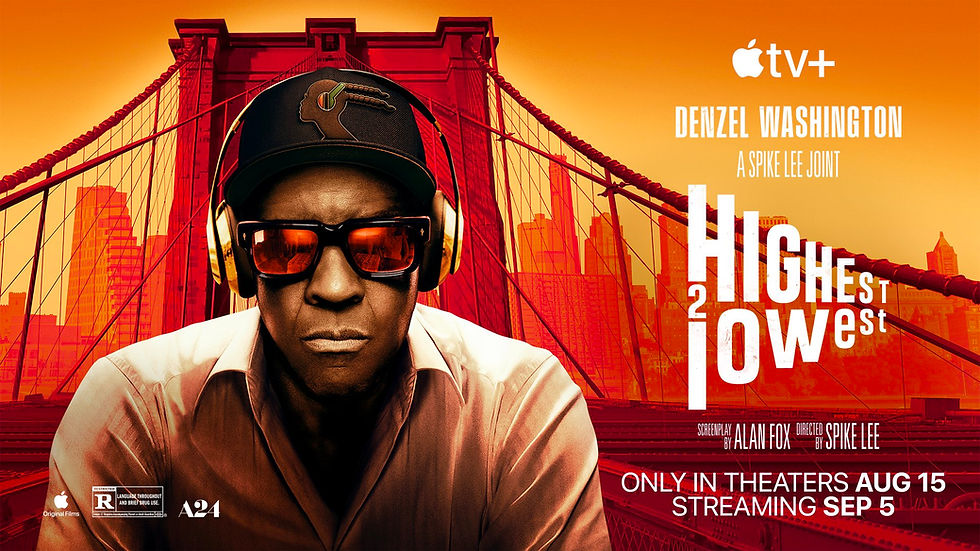Monkey Man Review
- Louis Saddler
- Apr 5, 2024
- 3 min read

Dev Patel’s feature film debut and breakthrough as Jamal Malik in Slumdog Millionaire is still one of the best things about film in 2008, a wildly spectacular year in cinema (The Dark Knight, WALL-E, Tropic Thunder, and Iron Man alone puts it in the rafters for me). Since that career-defining part, Patel has spent the last 16 years putting together a diverse, even spectacular at times, filmography. So what’s the next challenge for an actor who’s seemingly done everything in front of a camera? Directing.
Monkey Man, Patel’s feature directorial and writing debut, tells the story of Kid (played by Patel), a young man toiling in the lower levels of India’s caste system who embarks on a mission to avenge his mother’s murder by taking out the corrupt leaders responsible for it.
Patel’s portrayal of Kid shows there’s nothing he can’t do. His mastery of Kid’s softer, emotional side should surprise no one as he’s repeatedly proven to be money in that lane. The real reward in this Patel turn is how comfortable he looks with the physical demands of being an action lead. Whether battling henchmen or one of Kid’s underground fights, Patel looks seasoned in using his hands as weapons.
Behind the camera, Monkey Man melds Slumdog with the John Wick films for better and worse. It may be an intentional homage or borrowing elements to create a new style, but it’s clear Patel put a lot of Slumdog’s Danny Boyle and Wick’s Chad Stahelski into his vision.
The better side of that combination has Patel’s script adeptly weaving in the underdog narrative and pointed social commentary of Slumdog with Wick’s retribution themes. That merging works because it creates a fresh spin on the action genre that gives an authentic illustration of how oppression and trauma push Kid to violence.
The good side of Monkey Man’s Slumdog-Wick union also produces some intriguing visuals. Boyle and Chad Stahelski's influences on Patel come through strongly here. The action sequences are ripped straight from Wick. There’s very little, if any, CGI used at all and a lot of hand-to-hand combat. However, Patel gives it a different spin by tapping into his inner Boyle using unique camera angles and grittier, darker coloring that’s subversive to Wick’s “cleaner” aesthetic. It also plays well into Monkey Man’s overarching theme of being rooted in the lowest levels of the caste system.
Patel’s Slumdog-Wick marriage goes left when he becomes too Slumdog and overly ambitious with the political and social messaging. To a lesser extent, Patel’s use of Wick-influenced flashbacks for Kid’s backstory instead of handling it all or mostly at once also works against him.
Incorporating aspects of life in Mumbi into the film, including trans representation, and giving the context from which Kid’s motivation to avenge his mother isn’t wrong. It gives Monkey Man the balance that sets it apart from typical action fare.
The problem is Patel loses control of the pacing as the overabundance of social and political commentary and gratuitous flashbacks slow down Monkey Man for long periods throughout the film. If Patel reduced the emphasis on politics and commentary and given Kid’s backstory earlier in the movie, Monkey Man would be about 10-15 minutes shorter and flow better.
It’s not the launch that his acting career experienced, but Monkey Man confirms Patel has a future in calling the shots behind the scenes if he chooses. The inconsistent pacing that results from putting too much commentary into Monkey Man is an issue, but the aspects of the film Patel gets right, such as the combat and plot, more than compensate for it.



Comments